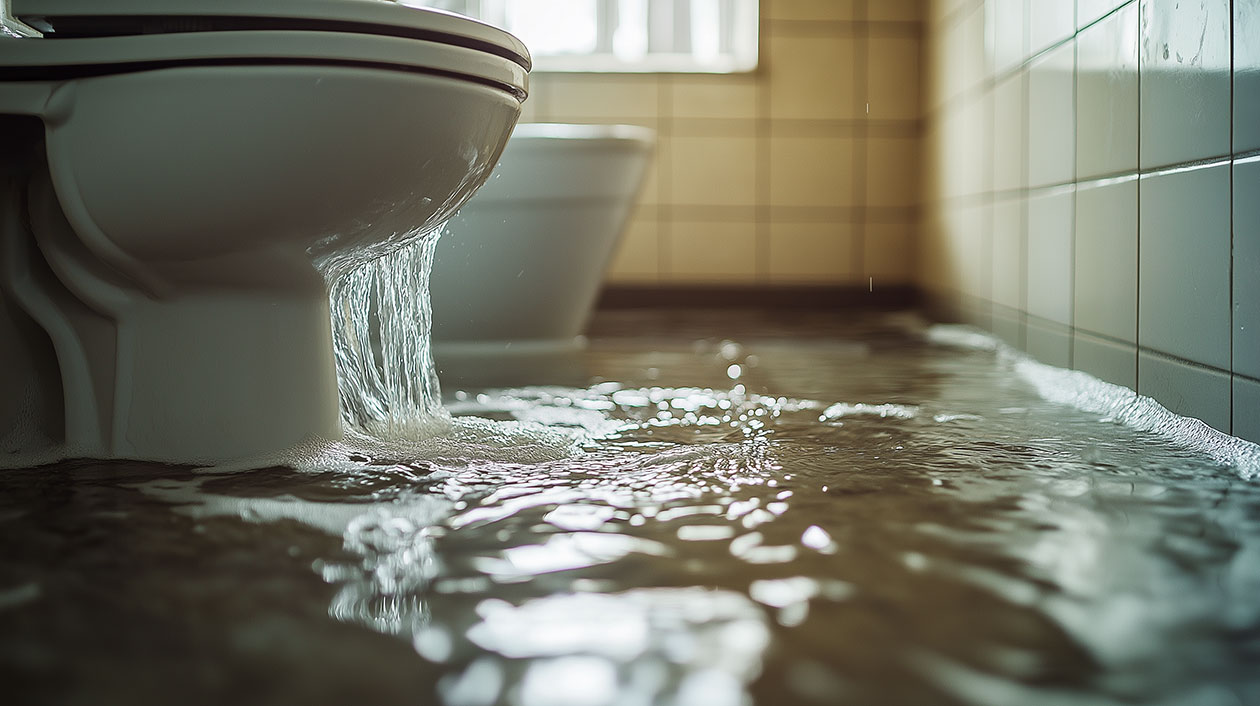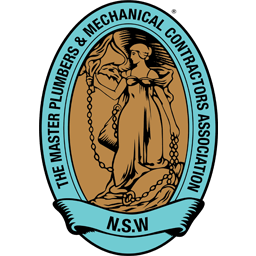A toilet overflowing is a plumbing nightmare, but don’t panic! This guide provides quick, effective steps to stop the overflow immediately, diagnose the cause (from clogs to vent issues), and clean up safely. Learn how to use a plunger or auger, understand the potential reasons behind the overflow, and know when it’s time to call a professional plumber. Prevent future overflows with our helpful tips and keep your bathroom clean and worry-free.
How to Stop An Overflowing Toilet
Stopping an overflowing toilet requires quick action and a few simple steps. Here’s how to handle this common plumbing emergency:
- Remove the tank lid carefully and set it aside.
- Press down on the flapper valve inside the tank to stop water flow into the bowl.
- Lift the float to prevent the tank from refilling.
- If the water level doesn’t drop after about a minute, turn off the water supply valve located near the floor behind the toilet.
Once you’ve stopped the overflow, you can address the underlying issue:
Using a Plunger
- Ensure there’s enough water in the bowl to cover the plunger head.
- Place the plunger over the drain hole, creating a seal.
- Push down and pull up vigorously to dislodge the clog.
Using a Toilet Auger
If plunging doesn’t work, try using a toilet auger, it is one of the easiest ways to unblock a toilet, follow these steps:
- Gently insert the auger into the bowl.
- Turn the handle to navigate through the pipes.
- Once you feel resistance, continue turning to break up the clog.
Reasons for an Overflowing Toilet
An overflowing toilet can be a frustrating and messy problem. Here are the main reasons why your toilet might be overflowing:
Clogged Drain
The most common cause of an overflowing toilet is a clogged drain. This typically occurs due to:
- Excessive toilet paper use
- Flushing non-flushable items (e.g., wet wipes, feminine hygiene products, cotton balls, toys)
- Accumulation of waste and debris over time
A clog prevents proper drainage, causing water to back up and overflow from the bowl when flushed.
Blocked Vent Pipe
Your plumbing system relies on vent pipes to allow air into the system, replacing the air that’s pumped out with each flush. If this vent pipe becomes blocked, it can create a vacuum effect that hinders proper drainage and leads to overflows.
Faulty Tank Components
Issues with the toilet tank can also cause overflows:
- High Filler Float: If the float is set too high, it can cause the tank to overfill, leading to constant overflow.
- Faulty Fill Valve: A malfunctioning fill valve may not shut off properly, causing the tank to continuously fill.
- Cracked Overflow Tube: This can prevent proper water level management in the tank.
Sewer Line Problems
Sometimes the issue extends beyond your blocked toilet:
- Clogged Sewer Line: A blockage in the main sewer line can cause water to back up and overflow through your toilet.
- Full or Obstructed Septic Tank: For homes with septic systems, a full or blocked septic tank can lead to toilet overflows.
Low Water Levels
Insufficient water in the bowl or tank can weaken the flush, leaving waste behind and increasing the risk of overflows. This can be caused by:
- Partially blocked fill valve
- Incorrect float adjustment
- Leaks in the tank or bowl
By understanding these common causes, you can better diagnose and address toilet overflow issues, potentially saving yourself from a messy situation and costly repairs.
How to Prevent Your Toilet From Overflowing
To prevent your toilet from overflowing, follow these key strategies:
- Never flush wet wipes, sanitary products, paper towels, or other non-biodegradable materials
- Use minimal amounts of toilet paper
- Educate household members about safe flushing techniques
- Schedule professional plumbing inspections regularly
- Replace faulty tank components promptly
- Monitor for signs of wear and tear in your toilet’s mechanisms
How to Clean Up After Toilet Overflows
Starting the cleanup process post toilet overflow obliges a focus on health and safety. Exposure to sewage can expose individuals to harmful microorganisms. Ensuring adequate personal protection before beginning the operation is mandatory. Donning gloves, goggles, and waterproof clothing will shield against contaminants. Open windows and doors to guarantee sufficient ventilation, reducing the inhalation of potentially harmful fumes and aerosols.
Once protected, one must follow a thorough approach to cleaning and disinfecting the affected area. Absorbent materials like towels or mops will first remove standing water. Discard these materials immediately after use to prevent cross-contamination. A solution of one part bleach to ten parts water should be prepared. Use this mixture meticulously to sanitise surfaces that came into contact with overflow. Allow these areas to air-dry, enhancing the disinfection process. After this, clean the floors and walls with hot water and detergent, rinse, and apply the bleach solution again. Professional cleaning or replacement might be necessary for soft, porous materials such as carpets.
- Remove standing water with absorbent materials.
- Clean surfaces with hot water and detergent.
- Disinfect with a bleach solution.
- Consider professional intervention for porous items.
While engaging in this process, inhabitants must attend to personal hygiene, washing hands frequently with soap and water, especially after the disposal of contaminated materials. Thorough cleaning and disinfection not only restore the hygiene of the space but also deter the onset of mould, which can exacerbate health problems if not addressed promptly.
When to Call a Plumber
Plumbing systems conceal complexity behind walls and beneath floors, making diagnoses without expertise akin to finding a needle in a labyrinthine haystack. The need for a plumber arises when:
- A plunger or a drain snake fails to resolve the overflow.
- The toilet overflows without apparent cause.
- A sewage odour permeates the area around the toilet or other drains.
- Water backs up in sinks, bathtubs, or showers when the toilet is flushed.
- Sewage in the home poses health risks and requires immediate professional intervention.
If any of these situations match your circumstances, call the professional plumbers from TrueFlow Plumbing today, we’d be happy to assist!



